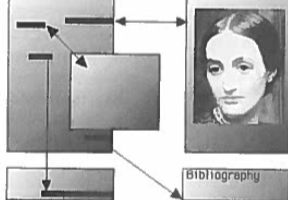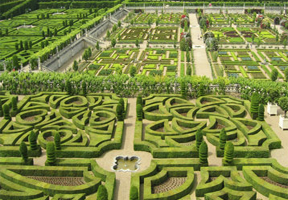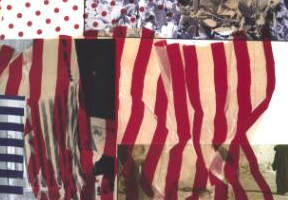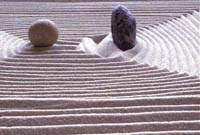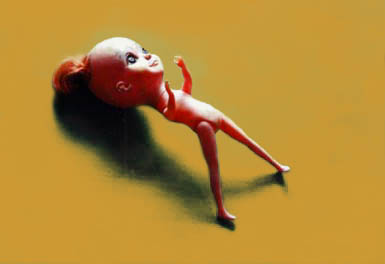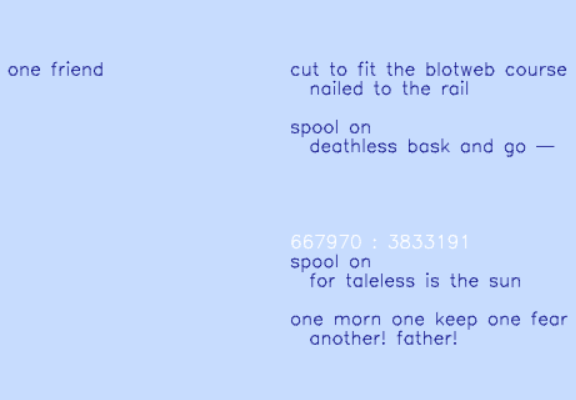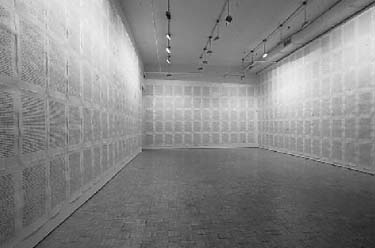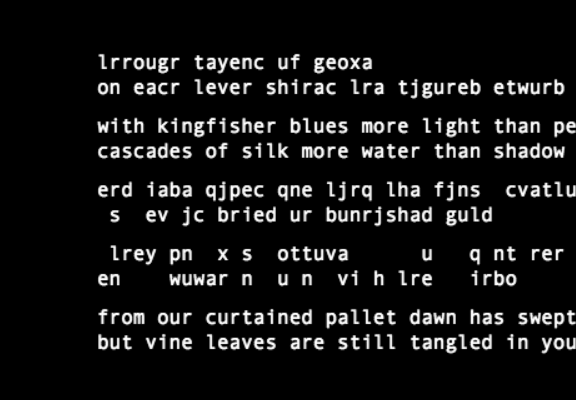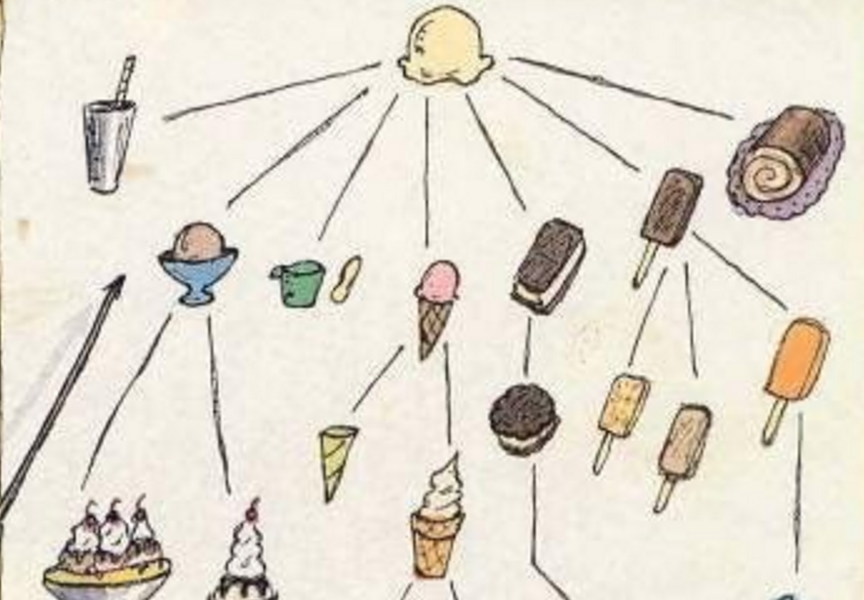hypermedia [basis]

Ted Nelson,
Literary Machines, 14-17.
Early in the 1960's, Ted Nelson coined the term hypertext, to
mean forms of non-linear writing. Hypertext is characterized as a
directed graph structure of nodes and links. From the start of its
conception, writers and computer scientists have been involved.
labyrinths
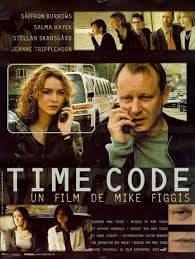
Mike Figgis,
Timecode, 2000.
cast: Saffron Burrows, Salma Hayek, Jeanne Tripplehorn, Stellan Starsgård.
Four digital video cameras at four different locations synchronized together
to tell a story.
found objects
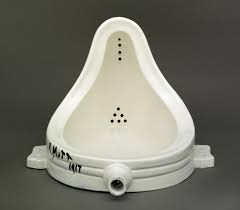
Lucy Lippard and Marcel Duchamp, in Dadas On Art, Prentice Hall, 1972,
excerpt 139-143.
Marcel Duchamp's Fountain was perhaps the most important
art work of the 20th century. How did this anti-masterpiece
demonstrate the power of context, when an object is referenced?
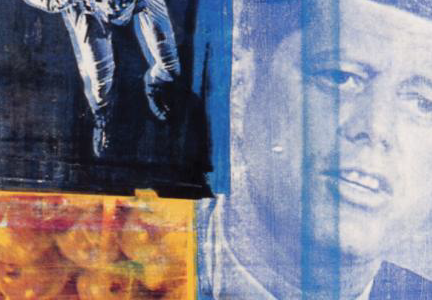
Robert Rauschenberg,
Retroactive I, 1964, Oil and silkscreen ink on canvas, Wadsworth Atheneum, Hartford, Connecticut, Thewadsworth.org.
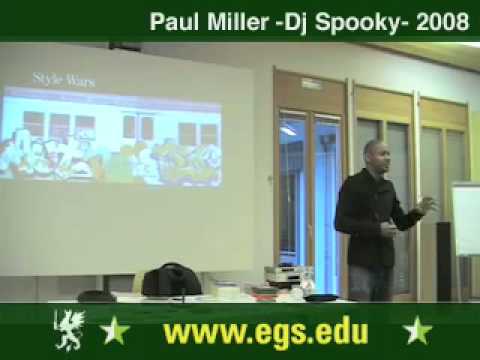
Paul D. Miller aka DJ Spooky,
Mixing, Mashup, Remix Culture 2008 1/8, European Graduate School Video Lectures, 2008.
hypertext art
semantics-ontologies
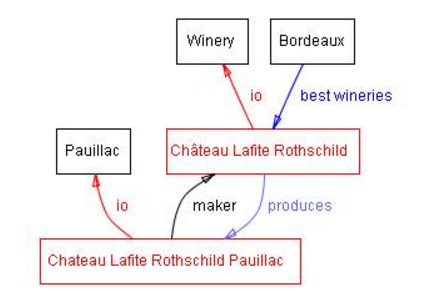
Natalya F. Noy and Deborah L. McGuinness,
Ontology Development 101: A Guide to Creating Your First Ontology,
Knowledge Systems Laboratory, Stanford University, 2001.
maps

David Turnbull,
Maps are Territories - Science is an Atlas,
vi, 1-3, 12-15, 18-27, 34-35, 50-51.



